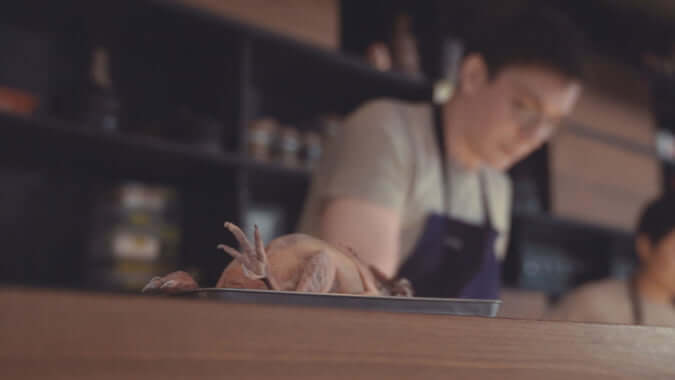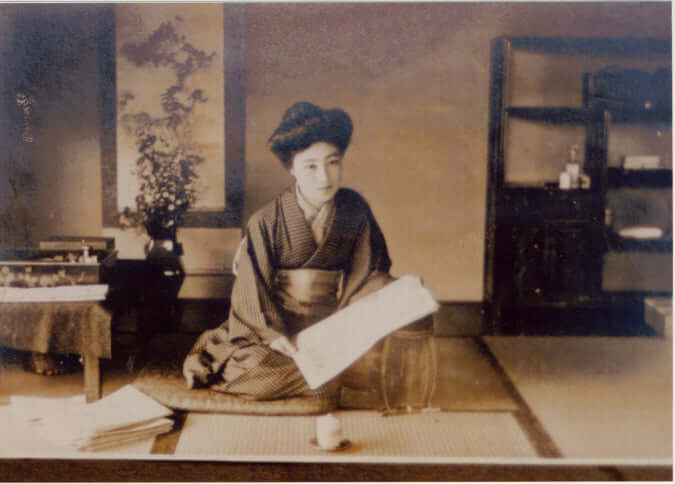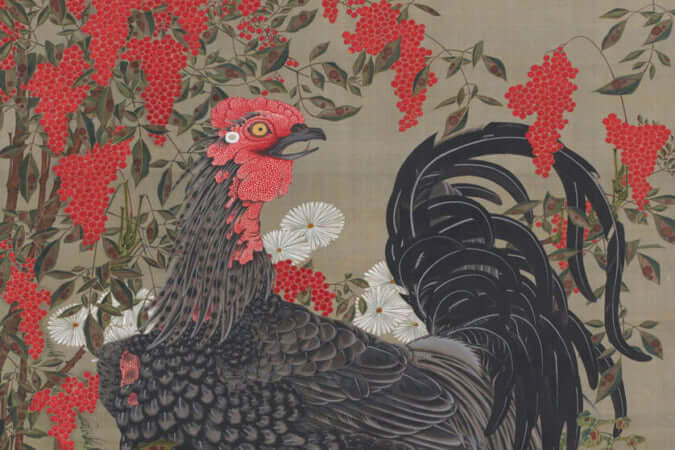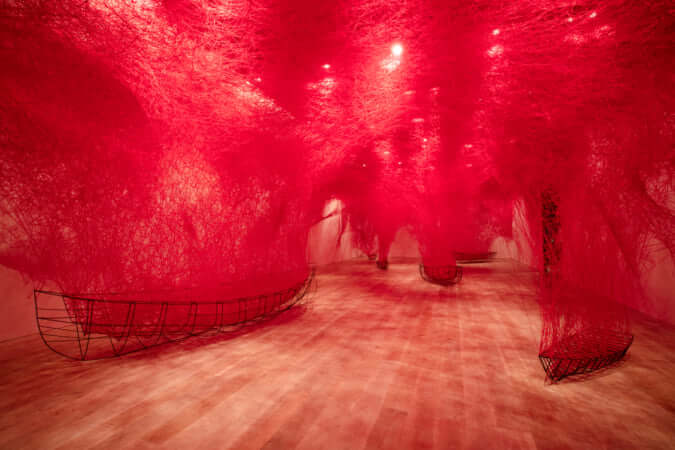Bonsai, a Microcosmic Representation of the Universe
In the series 'Bonsai - Microcosms Macrocosms', photographer Masao Yamamoto contrasts nature and human creations.
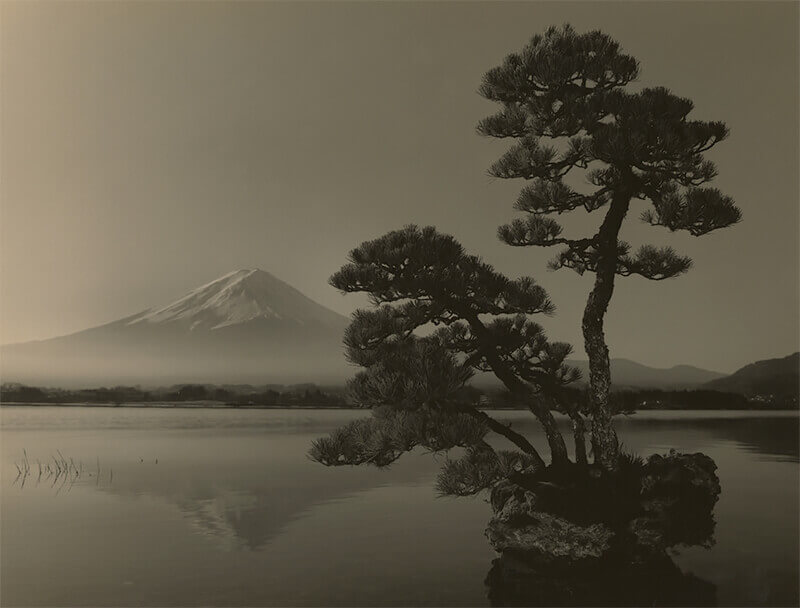
© Masao Yamamoto
Derived from the Chinese practice of penjing, the art of bonsai is thought to have first appeared in Japan in the Heian period (794-1192), before being connected with eternity and the harmony between man and nature during the emergence of Zen Buddhism. In his series Bonsai – Microcosms Macrocosms (2019), photographer Masao Yamamoto contrasts nature and human creations.
These compositions are marked by the his initial training as a painter alongside Goro Saito, before Masao Yamamoto turned his hand to photography in 1980.
Nature and artificiality
The original title of the series, 手中一滴 (Shuchu Itteki), is a word invented by the artist. It refers to the precepts of Zen Buddhism, and the idea that ‘a drop of dew dwells in the universe.’ Thus, as Masao Yamamoto explained during the exhibition of his work at the Yancey Richardson Gallery, ‘since ancient times, people have considered Bonsai to be a microcosmic representation of the whole universe, residing in a single pot, and the proper way to appreciate Bonsai was to place them on a “tokonoma” alcove in a traditional Japanese tatami room.’
Masao Yamamoto captures the beauty of bonsai in sepia images, and places these man-made formations in a natural environment, in the foreground of beautiful landscapes—sometimes snowy—and starry skies, and accompanies some of them with itteki, minuscule golden water droplets. The artist plays with perspective and opens the way for reflections from the public, questioning the relationship between these ‘natural objects’ created by humans, and an unspoilt environment.
The book, which was traditionally bound by artisans at the Hakushowdo book binding studio, encourages meditation, reflection, and introspection.
Bonsai – Microcosms Macrocosms (2019), a book of photographs by Masao Yamamoto, is published by T&M Projects.
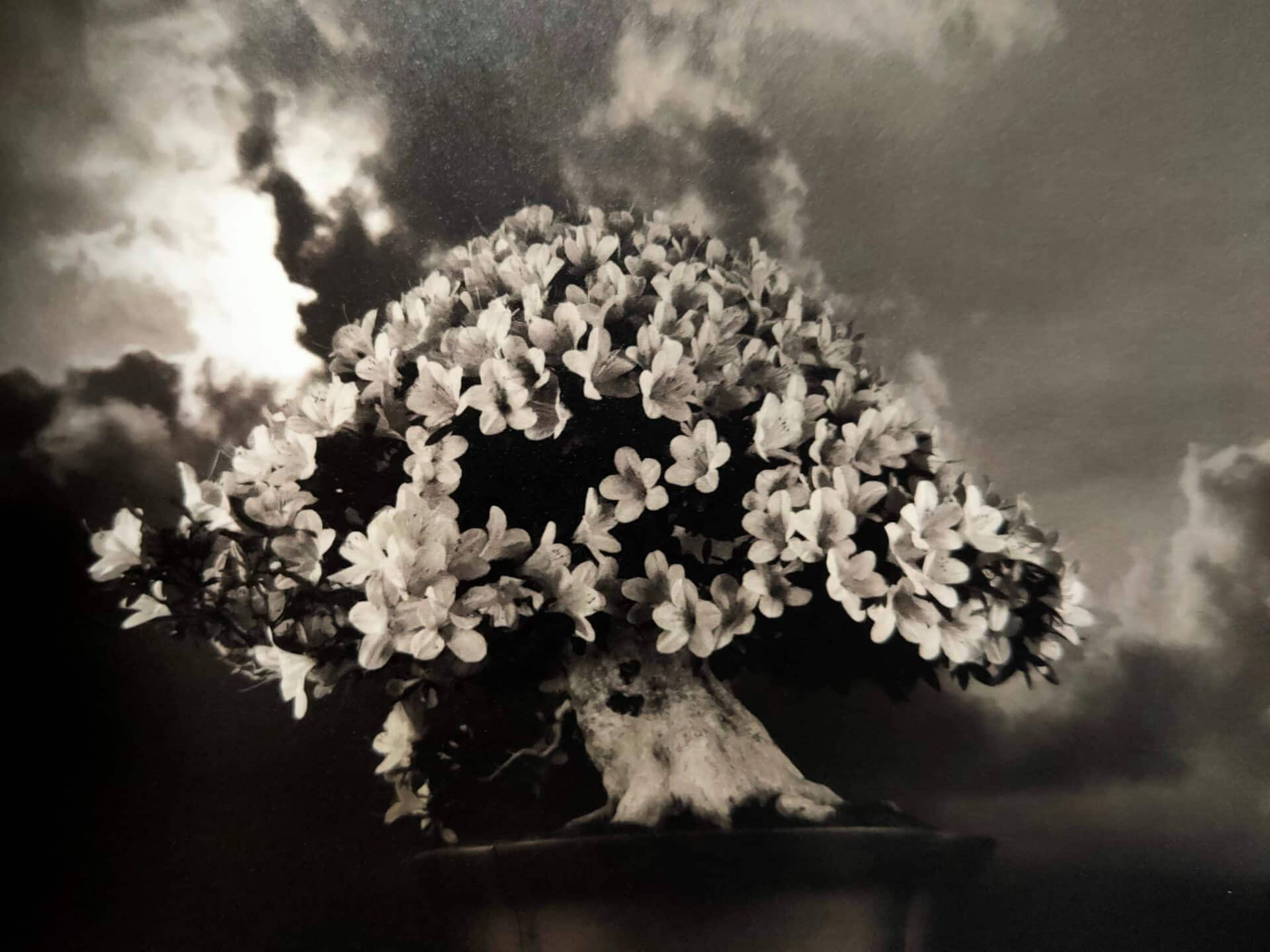
© Masao Yamamoto
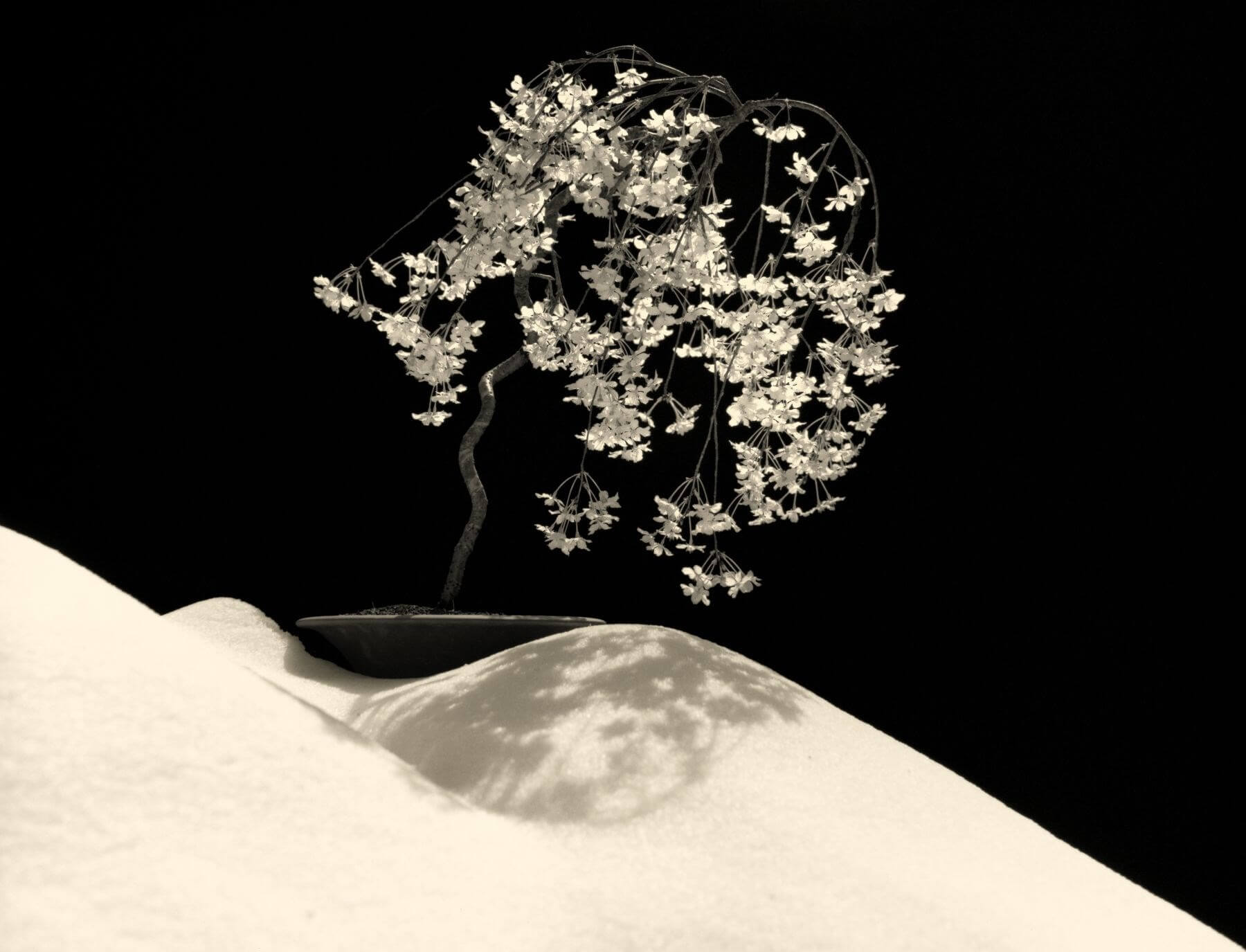
© Masao Yamamoto
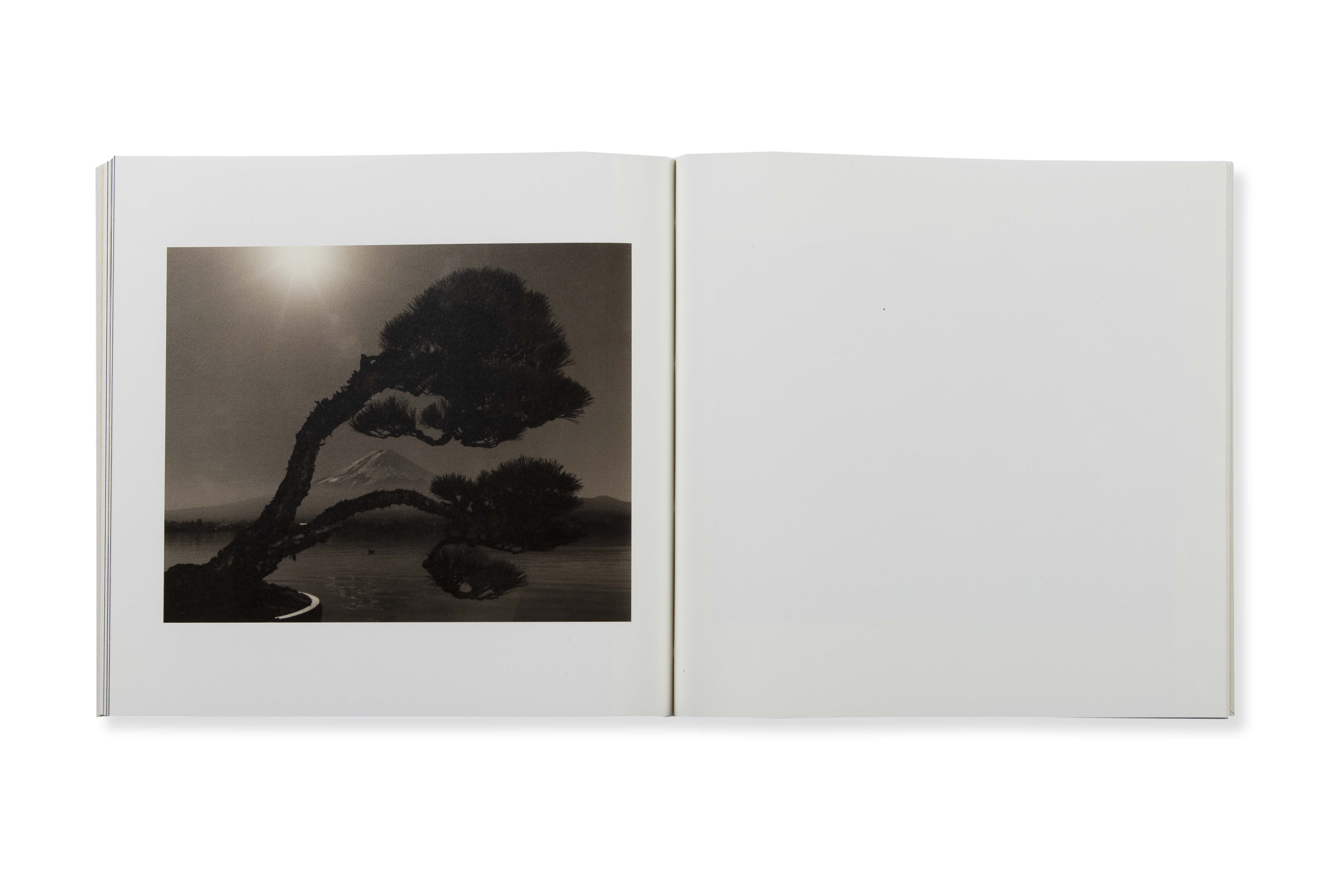
© Masao Yamamoto
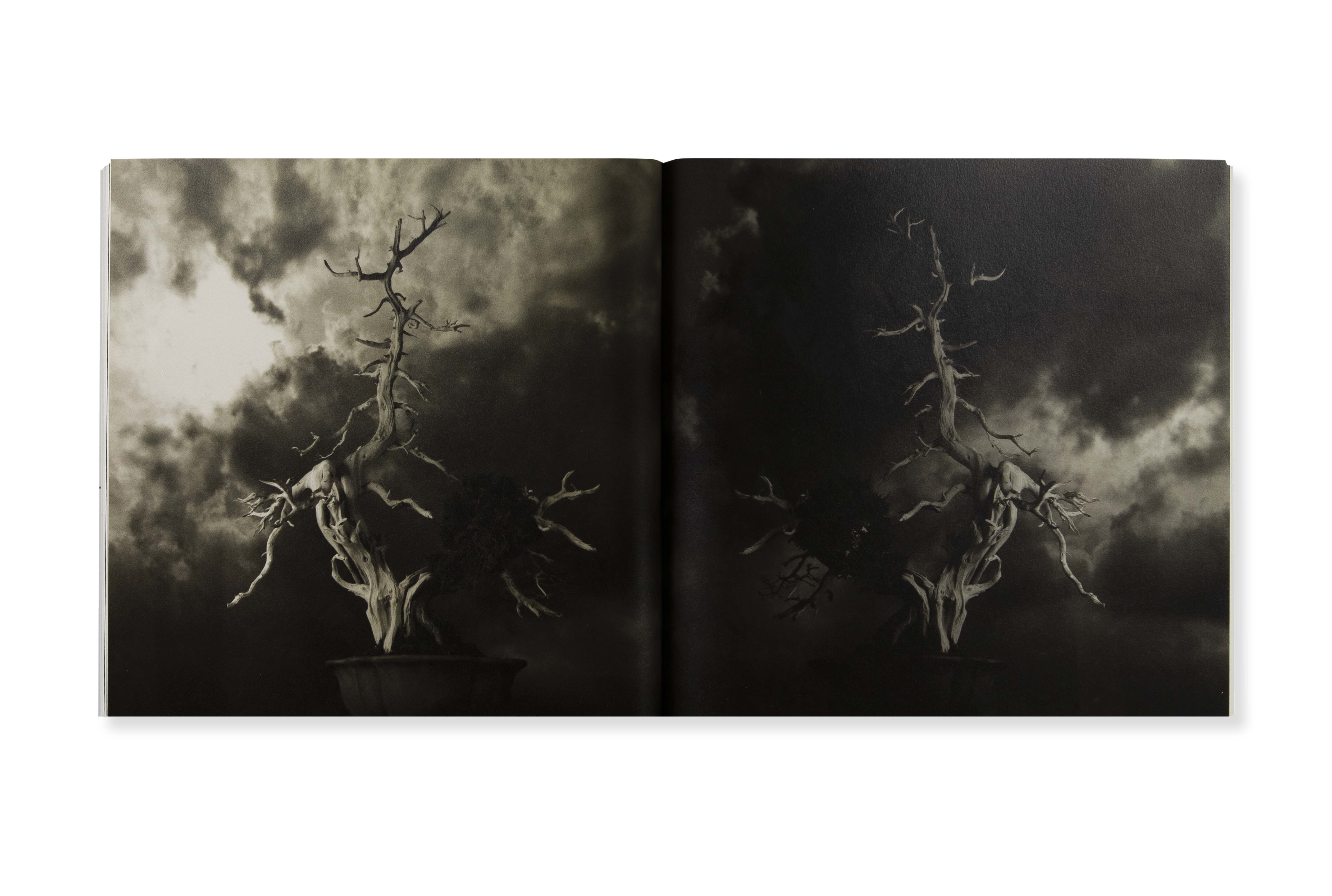
© Masao Yamamoto
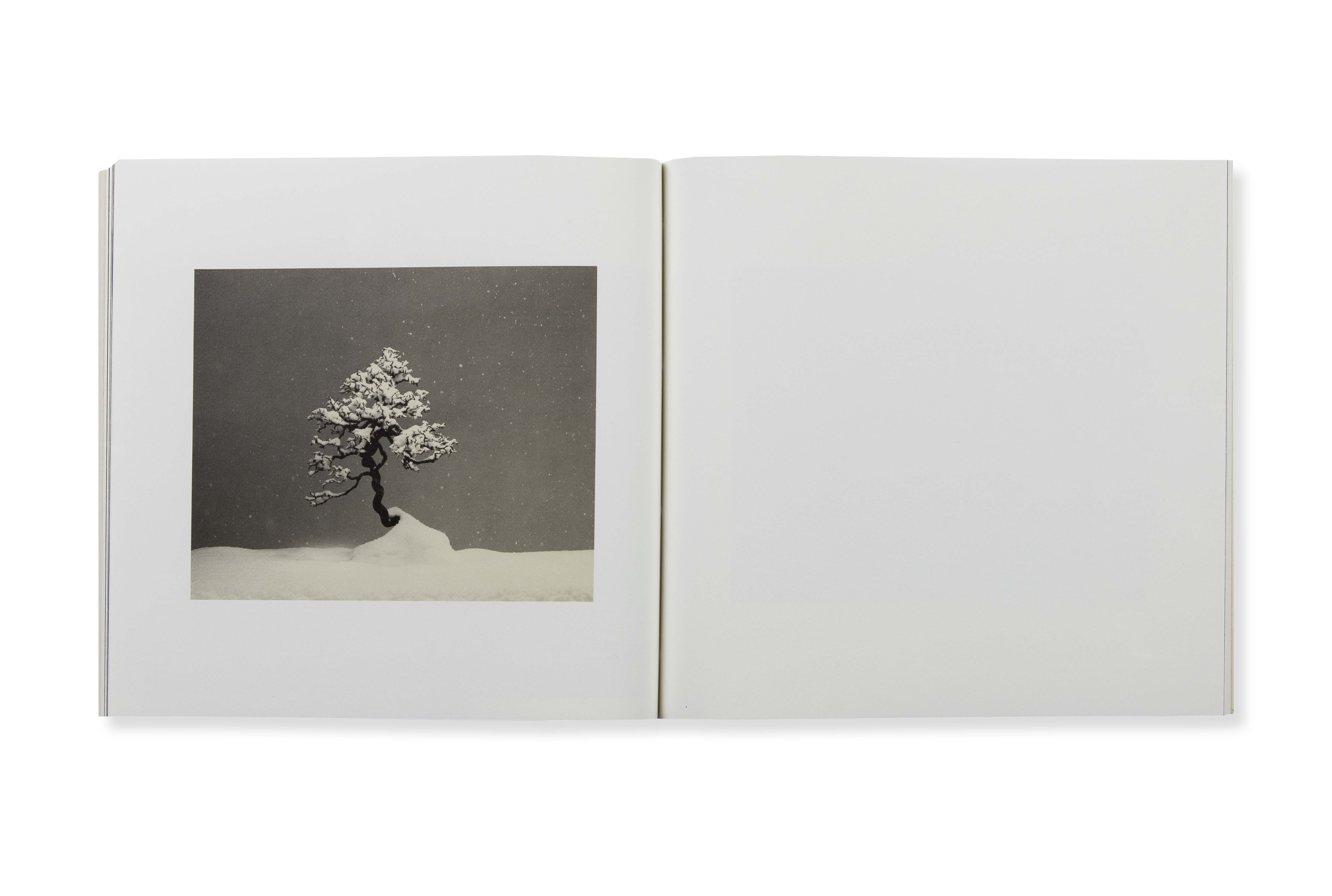
© Masao Yamamoto
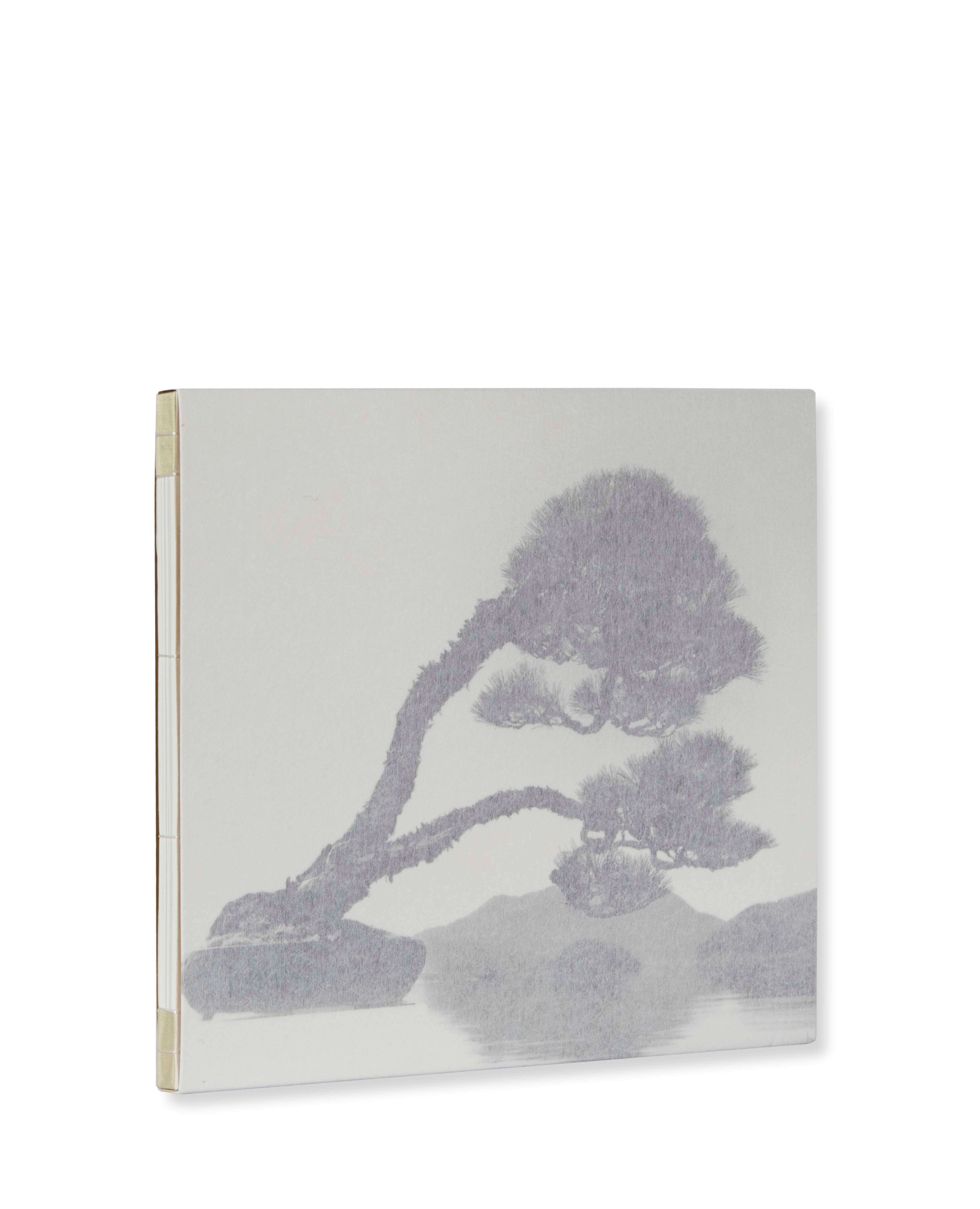
© Masao Yamamoto
TRENDING
-
The Tattoos that Marked the Criminals of the Edo Period
Traditional tattoos were strong signifiers; murderers had head tattoos, while theft might result in an arm tattoo.

-
Paris, Tokyo: Robert Compagnon
With his co-chef and talented wife, Jessica Yang, Robert Compagnon opened one of the top new restaurants in Paris: Le Rigmarole.
 3:31
3:31 -
The Story of Sada Yacco, the Geisha who Bewitched Europe
Described by Dazed magazine as the first beauty influencer, she has been restored to her former glory since 2019.

-
Ito Jakuchu's Naturalist Paintings
From 15 September until 14 October 2018, the Petit Palais showcased the artist's iconic ‘Images of the Colourful Realm of Living Beings’.

-
Chiharu Shiota, Red Threads of the Soul
Last year, more than 660,000 people visited the retrospective 'Chiharu Shiota: The Soul Trembles' exhibit at the Mori Art Museum.


